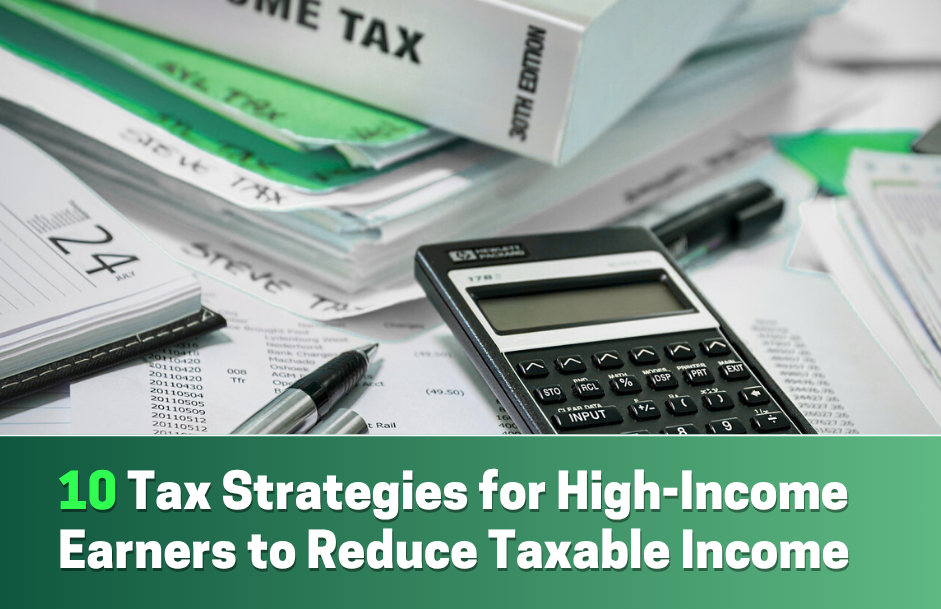
There are a couple of reasons you may have to take required minimum distributions (RMDs) from your individual retirement accounts (IRAs):
- You will be over age 73 by the end of the year
- You inherited an IRA prior to 2020
- You inherited an IRA from someone who was required to take an RMD
- You inherited a Roth IRA prior to 2020
Forgetting to take your required minimum distribution (RMD) can lead to a hefty tax penalty. Learn all about RMDs and discover how to calculate them, manage your distributions, and avoid tax consequences while ensuring compliance with retirement account rules.
What are required minimum distributions?
Required minimum distributions (RMDs) are the withdrawals that the government requires individuals over 73 to make from certain retirement accounts each year. These accounts include 401(k)s, 403(b)s, Thrift Savings Plans (TSPs), and IRAs. The amount that must be removed is determined by what your age will be at the end of the year and the balance of the account at the end of the prior year. The older you are, the higher the percentage you must take by the end of each year. As an example, let’s say your IRA had $550,000 at the end of last year and you will be 76 years old by the end of this year. To calculate the RMD, you would divide the year-end value by the distribution period in the IRS table. You would need to take out $23,207 by the end of this year. There is a formula for this calculation, but the easiest and safest way to determine how much you need to take out is to ask your financial advisor. Of course, as the name implies, this is just the minimum that needs to be withdrawn. You can certainly take out more and still avoid a penalty.
What are the tax consequences of the distribution?
Generally, the amount removed from the account is taxed at your ordinary income tax rate. Most institutions allow you to request that taxes be withheld from the distribution. You should consult your financial advisor or CPA for advice on whether to withhold taxes. Pro tip: Withhold enough taxes to cover all your income and reduce or avoid paying estimated taxes!
What if I don’t need the money?
A common misconception is that you are required to transfer the RMD as cash to your bank account. However, you can simply transfer the RMD from your retirement account to your regular investment account. You also have the option to transfer investments that are worth at least as much as the RMD amount from your retirement account to your investment account (this is called an in-kind transfer). This is an easy way to keep your money invested. In any case, the value of the distribution is taxable.
Alternatively, if you are charitably inclined and already over age 70 ½, you have the option of transferring your RMD (or a larger amount, up to $105,000 per year) directly to a charity (this is known as a qualified charitable distribution. The benefit of this is that the distribution will not be taxable to you. On the other hand, you may not deduct the charitable contribution, but many taxpayers no longer have enough itemized deductions to exceed the increased standard deduction (under the new tax rules) anyway.
What happens if I don’t take the required amount?
If you don’t remove the required distribution amount from your retirement account by December 31, the IRS imposes a 25% excise tax on the amount not distributed that should have been.1 This is a drop from the original 50% penalty from previous years for forgetting to take a distribution from your account. In our example above, if no distribution were taken by 12/31/23, the individual would be subject to a penalty of $5,802! But this failure to take the RMD can be corrected if done in a timely manner (or, rather, within the correction window). If corrected, the penalty is reduced from 25% to 10%, so the individual would be subject to a penalty of $2,320 instead!
The “correction window” means the period beginning when the excise tax is imposed for a shortfall of distributions and ending on the earliest of (1) the date a notice of deficiency with respect to the excise tax is mailed, (2) the date on which the excise tax is assessed, or (3) the last day of the second tax year that begins after the end of the tax year in which the excise tax is imposed.
What accounts do I have to take RMDs from?
Required minimum distributions must be taken from all traditional IRAs, 401(k)s, 403(b)s, TSPs, and 457(b) plans once you are over age 73 (age 75 if born 1/1/1960 or later.) They are also required for some inherited IRAs or retirement accounts if the decedent was required to take them. You are not required to take an RMD from a Roth IRA unless you inherited the account before 1/1/2020
IRAs
These accounts can be aggregated and the combined RMD taken from a single account, or separately if you have multiple IRAs. For instance, like the previous example above, you have two IRAs, one with $200,000 and another with $350,000. You could take $23,207 from one account or, say, $10,000 from one and $13,207 from the other. The important thing is that the total distributions be at least $23,207 to avoid the penalty.
Inherited IRAs are not included in the IRA total. Those accounts are considered separately.
A benefit of IRAs is that these distributions only apply to pre-tax traditional IRAs. You are not required to take a distribution from a Roth IRA, regardless of how old you are.
401(k)s, 403(b)s, 457(b)s, and TSPs
Unlike with IRAs, RMDs from 401(k), 403(b), 457(b), and TSP accounts need to be taken pro rata from each account. So, if you have two 401(k) accounts, one with $200,000 and another with $350,000, the proportional required distribution will have to be taken from each — you cannot combine the RMDs and remove them from just one account. Roth 401(k)s are also not subject to required distributions, just like Roth IRAs.
A benefit of your 401(k), 403(b), TSP, or 457(b) if you are still working after age 73 is that you are not required to take distributions out of the active account (as long as you don’t own more than 5% of the company). So, if you have two 401(k)s, one with your current employer and a prior one, a distribution is only required to be taken from the previous employer’s 401(k). However, when you stop working for your current employer, that 401(k) will then be subject to RMDs.
What about inherited retirement accounts?
You need to take an RMD from inherited IRAs and other retirement accounts starting the year after the owner died, regardless of how old you are. The rules for how much you need to distribute are different for inherited accounts, so consult with the account custodian or your financial advisor on how much you need to withdraw.
What can I do if I forget to take the RMD?
Ideally you will not forget since you are reading this post now. However, if you do forget, there may be some options. If this was the first year you were required to take a distribution, the IRS does grant an extension to April 1 of the next year. This would mean that you would have to take two required distributions in the next year. While this avoids the penalty, it can still lead to a nasty tax hit since you would be about doubling the required withdrawal amount.
If this was not your first required distribution, the penalty can still be waived, but it requires a little more effort and some mercy from the IRS! For an exception to be granted, the individual would have to fill out IRS form 5329 and convince the IRS that it was a “reasonable error and that reasonable steps are being taken to remedy the shortfall.2 The IRS grants exceptions on a case-by-case basis, so it’s best to ensure the distribution is taken as soon as possible.
It used to be common for your accountant to get this penalty waived, but many tax preparers are concerned that Congress reduced the penalty amount with the intention of no longer waiving it as easily.
If you need assistance with your retirement and/or tax planning in general, please reach out to our team.



